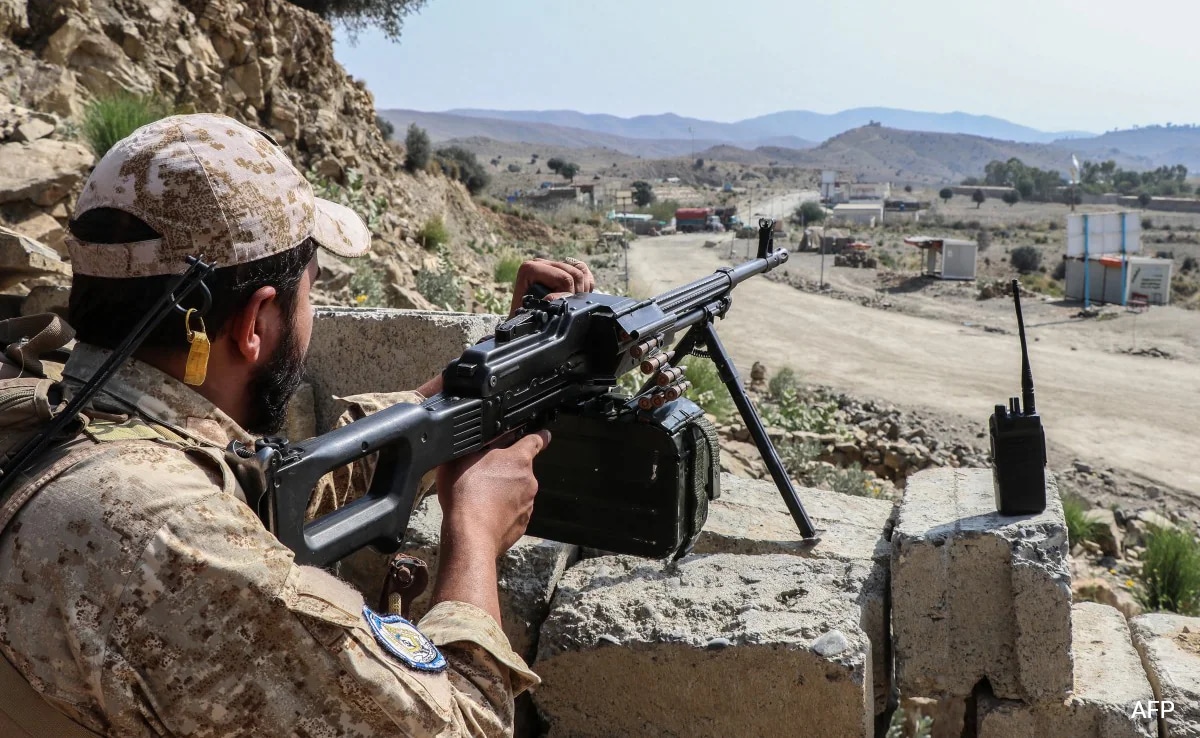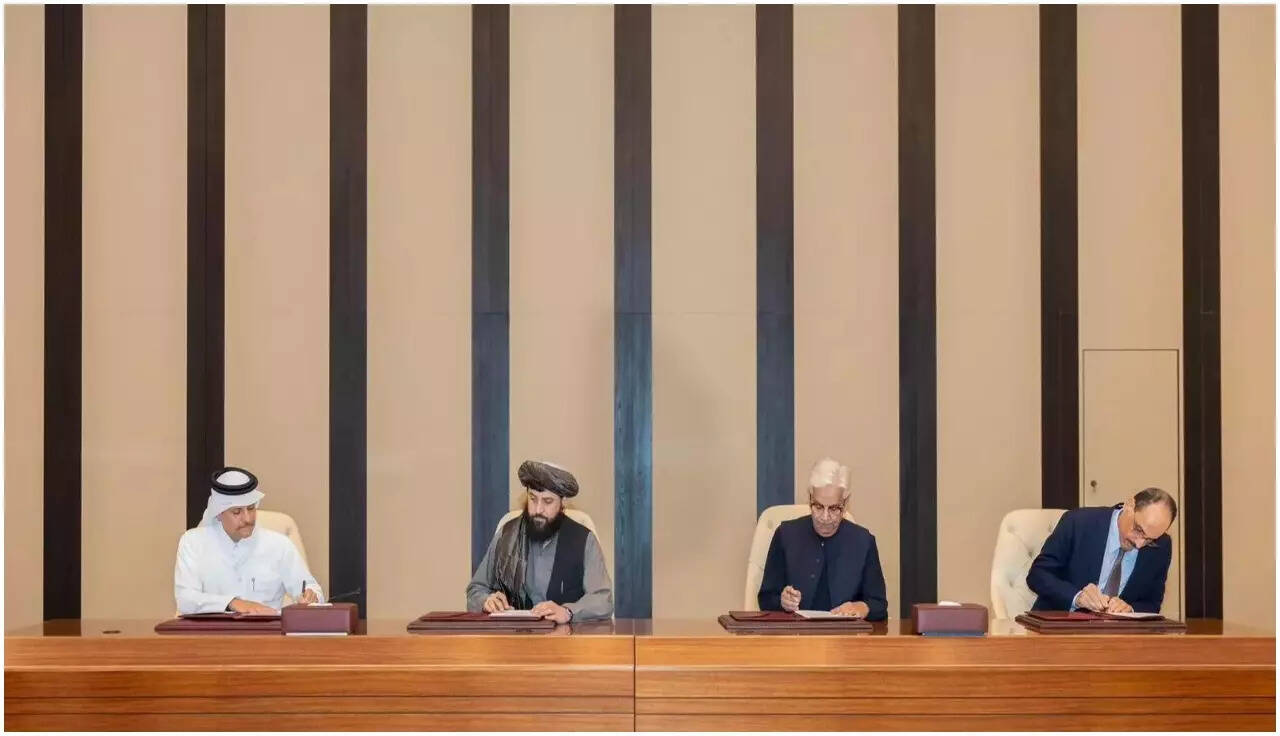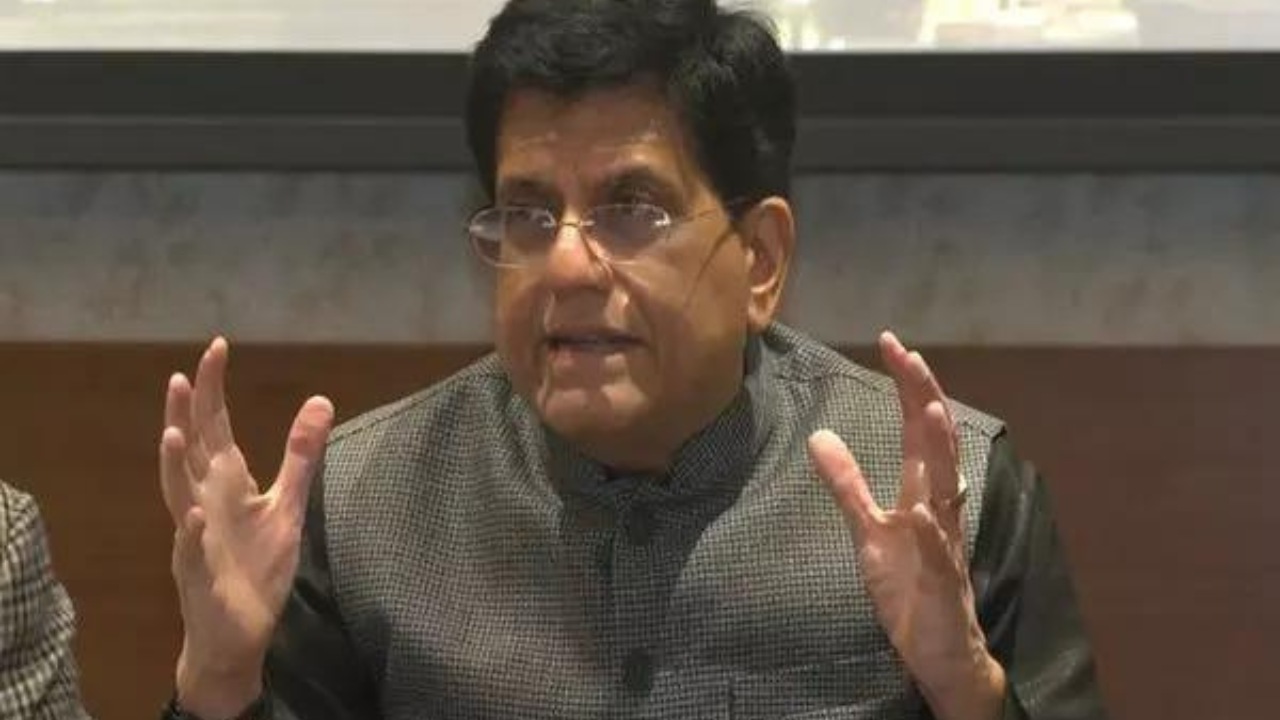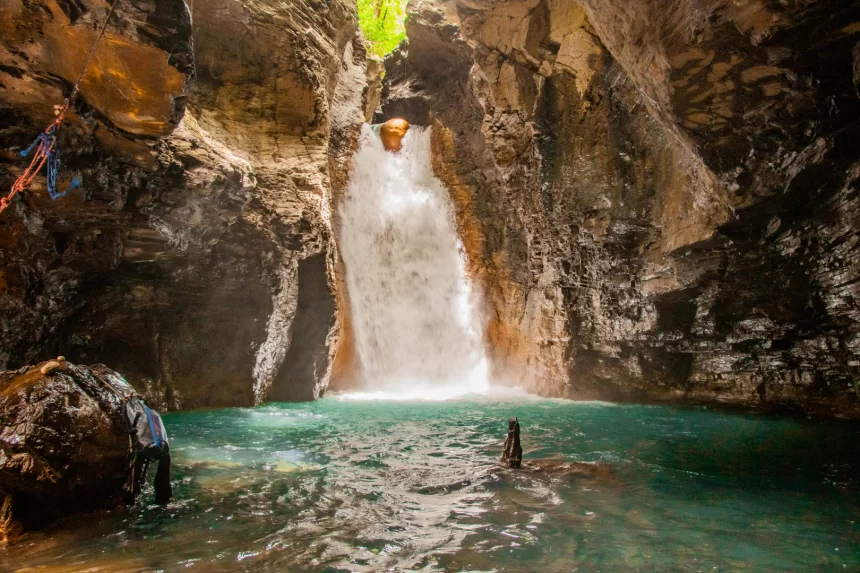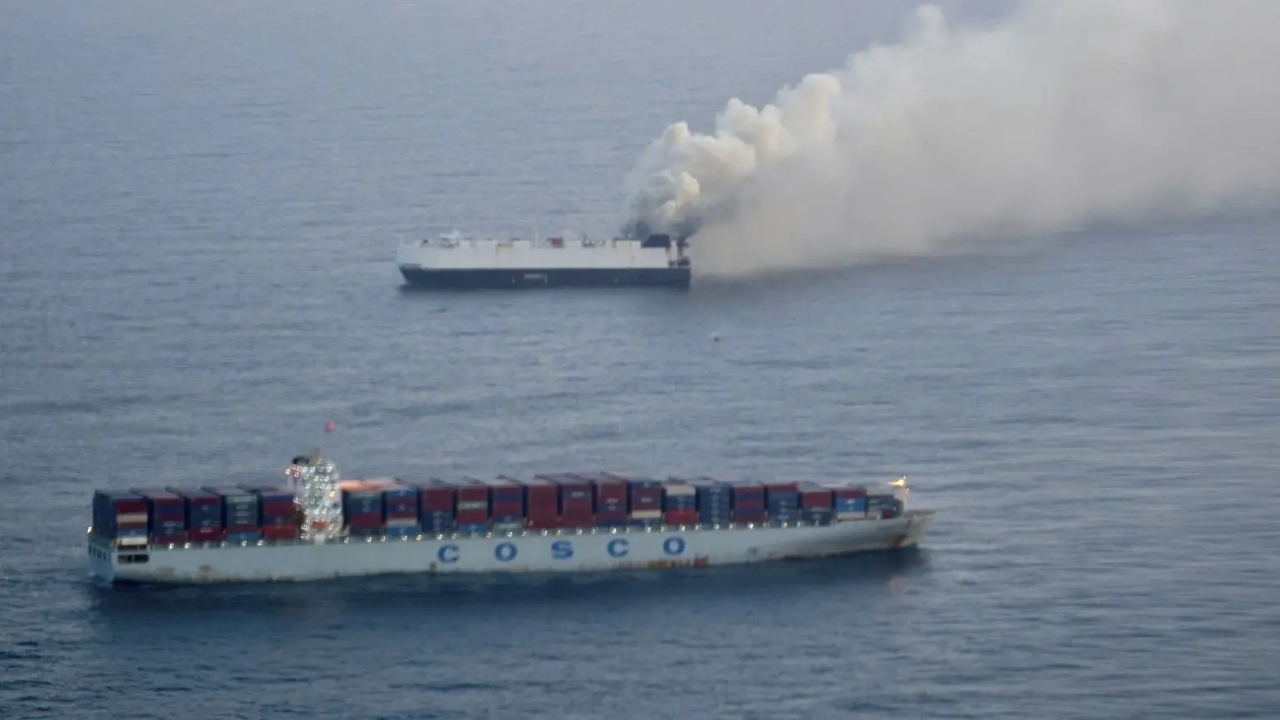How the World Bank’s approach to funding dam projects has shifted over the decades

Join our WhatsApp Community to receive travel deals, free stays, and special offers!
- Join Now -
Join our WhatsApp Community to receive travel deals, free stays, and special offers!
- Join Now -

Dams have been emblematic of the World Bank’s approach to development for many decades. From the bank’s early years in the 1960s and 1970s, large-scale infrastructure projects such as dams, power plants and transport networks were central to its strategy for economic growth and poverty reduction. This reflected a top-down modernisation paradigm.
But the controversial social, economic and environmental impacts of dams sparked widespread criticism. This prompted internal scrutiny and a reduction in funding by the 1990s. Notable examples included the bank’s withdrawal from India’s Narmada Dam and Nepal’s Arun III hydropower project. Both followed large-scale protests.
From 2007, the bank’s support for dams began to rise again, reflected in an increasing portfolio of projects. There were two main drivers. Hydropower gained renewed appeal as a low-carbon energy source. And infrastructure-led economic growth regained prominence in development policy. Yet, earlier debates were not erased: questions about social, environmental and political consequences continued to influence decision-making.
This begs the question of whether anything has changed. Does the World Bank approach dams differently today? Did past protests and policy reforms have a longer-lasting effect?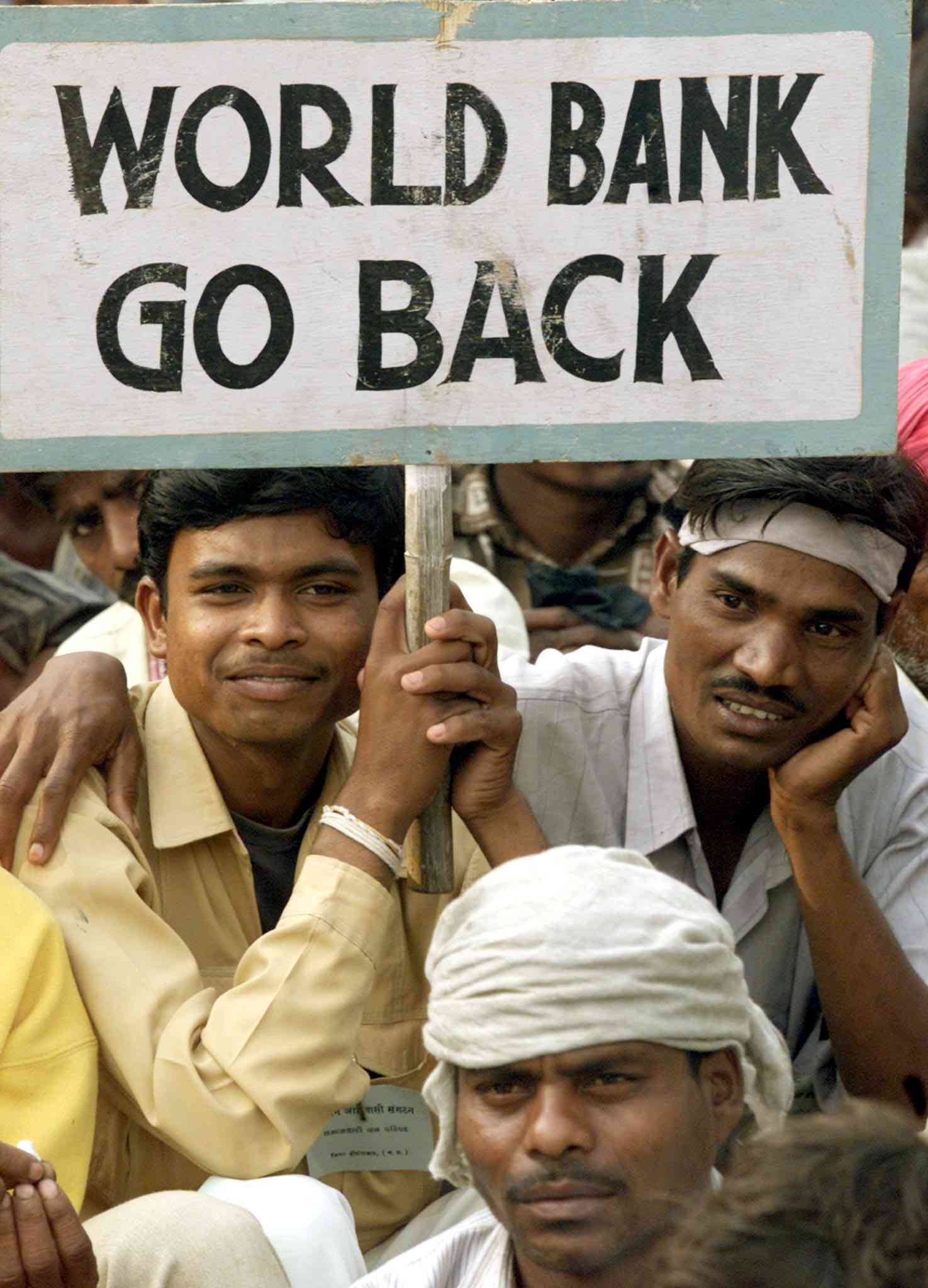
We are researchers examining the politics of development, with a focus on dam decision-making in Africa and South Asia. In a recent book chapter we show that debates over dams are far from settled....
Read more
What's Your Reaction?
 Like
0
Like
0
 Dislike
0
Dislike
0
 Love
0
Love
0
 Funny
0
Funny
0
 Angry
0
Angry
0
 Sad
0
Sad
0
 Wow
0
Wow
0










